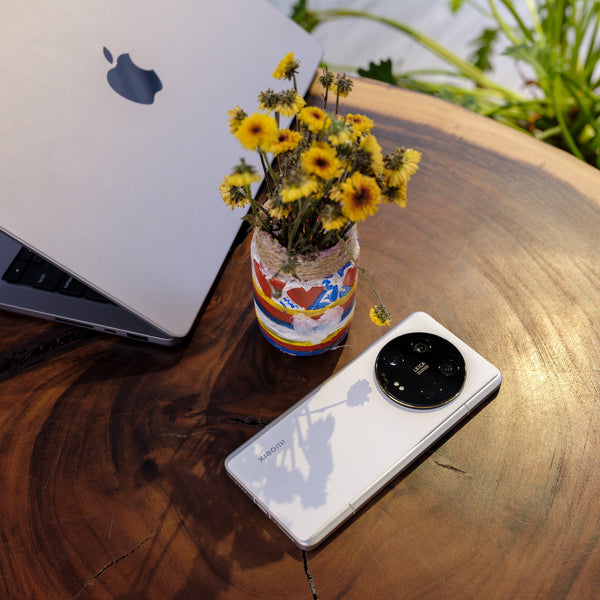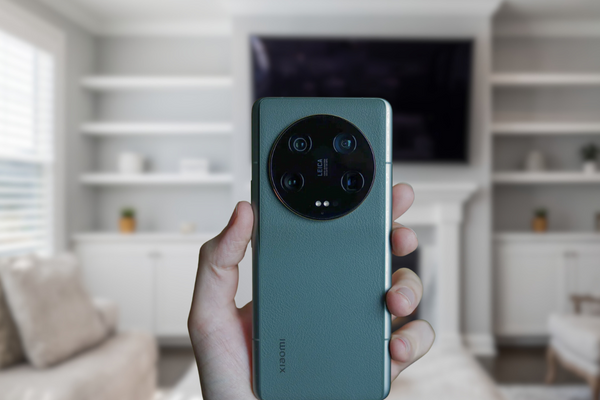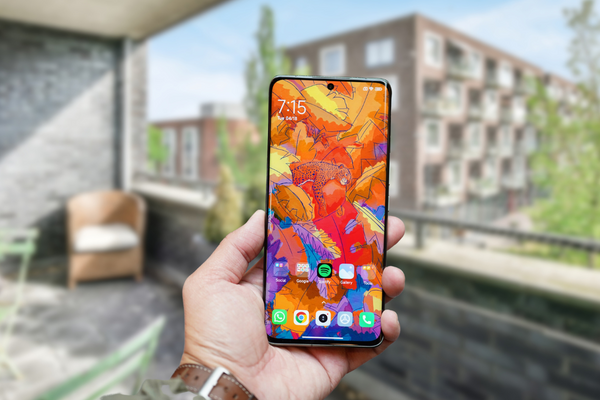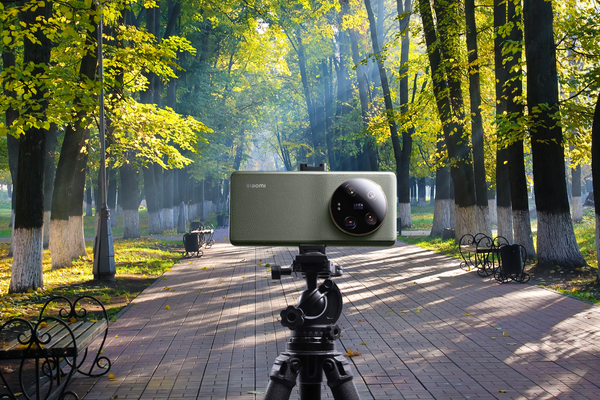The Xiaomi 13 Ultra is one of the best smartphones on the market for photography. It has a versatile camera system with a large 1-inch main sensor, a 12MP ultrawide sensor, a 10MP telephoto sensor with 3x optical zoom, and an 8MP periscope telephoto sensor with 5x optical zoom.

Know your camera
The first step to taking stunning photos with the Xiaomi 13 Ultra is to know your camera and its capabilities. The Xiaomi 13 Ultra has four main cameras on the back, each with a different focal length and function. They are:
The 23mm variable aperture 1-inch main camera: This is the primary camera that you will use most of the time. It has a large 1-inch sensor that can capture more light and details than most other smartphone cameras. It also has a variable aperture of f/1.9 or f/4.0, which means you can adjust the amount of light that enters the lens and control the depth of field. You can use this camera for general photography, such as landscapes, portraits, street scenes, etc.
The 75mm telephoto camera: This is the camera that you will use when you want to zoom in on distant subjects or create a bokeh effect (blurred background). It has a 3.2x optical zoom and an OIS (optical image stabilization) system that helps reduce camera shake and blur. You can use this camera for wildlife, sports, events, etc.
The 120mm super-telephoto camera: This is the camera that you will use when you want to zoom in even further or capture extreme details. It has a 5x optical zoom and an OIS system that helps reduce camera shake and blur. You can use this camera for astronomy, macro, architecture, etc.
The 12mm ultra-wide camera: This is the camera that you will use when you want to capture more of the scene in one shot or create a dramatic perspective. It has a 122-degree field of view and a macro mode that can focus on objects as close as 4 cm. You can use this camera for landscapes, group shots, interiors, etc.
The Xiaomi 13 Ultra also has a 32MP selfie camera on the front, which you can use for selfies, vlogs, video calls, etc.
To switch between the different cameras, you can either tap on the icons on the bottom of the viewfinder or pinch to zoom in or out. You can also double-tap on the screen to quickly switch between the main and ultra-wide cameras.

How to make stunning Photo using Xiaomi 13 Ultra
Use the right camera mode for the scene
The Xiaomi 13 Ultra has a variety of camera modes, including Auto, Portrait, Night, and Pro. Choose the camera mode that is best suited for the scene you are shooting.
Auto mode: This is the default mode, and it is a good option for most situations. The camera will automatically adjust the settings to get the best possible shot.
Portrait mode: This mode is ideal for taking portraits of people. It blurs the background and focuses on the subject, resulting in a flattering portrait.
Night mode: This mode is designed for taking photos in low light. It takes longer exposures to capture more light, resulting in brighter and more detailed photos in low light.
Pro mode: This mode gives you full control over the camera settings, such as aperture, shutter speed, and ISO. This can be useful for shooting in challenging lighting conditions or for getting creative with your photos.

Compose your shots carefully
Take some time to line up your shot and make sure that the composition is pleasing to the eye. You can use the gridlines feature in the camera app to help you with this.
Here are some tips for composing your shots:
Use the rule of thirds: The rule of thirds is a basic composition guideline that can help you take better photos. To use the rule of thirds, divide your frame into thirds both horizontally and vertically. Then, place your subject at one of the intersections.
Use leading lines: Leading lines are lines in your photo that draw the viewer's eye to the subject. Leading lines can be natural elements, such as roads, rivers, or fences, or they can be man-made elements, such as buildings or bridges.
Use negative space: Negative space is the empty space around your subject. Using negative space can help to isolate your subject and make it stand out.

Use the focus tap to focus on the subject of your photo
This is especially important when shooting macro photos or portraits. To focus tap, simply tap on the subject of your photo on the screen. The camera will then focus on that subject.
Use the exposure slider to adjust the brightness of your photo
If the photo is too bright or too dark, you can use the exposure slider to adjust it. To do this, simply slide the exposure slider to the left or right.
Use the HDR mode to capture more detail in high-contrast scenes
The HDR mode takes multiple photos at different exposures and then combines them into one photo with a wider dynamic range. This means that the HDR mode can capture more detail in the highlights and shadows of a photo.
Use the Night mode to take better photos in low light
The Night mode takes longer exposures to capture more light, resulting in brighter and more detailed photos in low light. To use the Night mode, simply select the Night mode camera mode. The camera will then take a longer exposure to capture more light.

Edit your photos after you shoot them
You can use a photo editing app to adjust the brightness, contrast, saturation, and other settings of your photos. This can help you to improve the overall quality of your photos.
There are many different photo editing apps available, both free and paid. Some popular photo editing apps include:
- Google Photos
- Snapseed
- Adobe Lightroom
- VSCO
- Afterlight
Tips for taking stunning photos with the Xiaomi 13 Ultra
- Use a tripod to keep your camera steady, especially when shooting in low light or at slow shutter speeds.
- Use an external flash to fill in shadows and add light to your photos in low light.
- Use a remote shutter release to avoid camera shake when shooting on a tripod.
- Experiment with different camera settings and angles to find what works best for you.
- Have fun! Photography is a creative process, so don't be afraid to experiment and try new things.

Conclusion
The Xiaomi 13 Ultra is a powerful smartphone with a versatile camera system that can help you take stunning photos. By following the tips in this blog post, you can learn how to take the best possible photos with the Xiaomi 13 Ultra.
Frequently Asked Questions on Xiaomi 13 Ultra
1. What is the best camera mode to use on the Xiaomi 13 Ultra?
- The best camera mode to use on the Xiaomi 13 Ultra depends on the scene you are shooting. However, the Auto mode is a good option for most situations.
2. How do I compose a good photo?
- There are many different ways to compose a good photo. However, some basic tips include using the rule of thirds, using leading lines, and using negative space.
3. How do I focus on the subject of my photo?
- To focus on the subject of your photo, simply tap on the subject on the screen. The camera will then focus on that subject.
4. How do I adjust the brightness of my photo?
- To adjust the brightness of your photo, use the exposure slider. To do this, simply slide the exposure slider to the left or right.
5. How do I take better photos in low light?
- To take better photos in low light, use the Night mode. To do this, simply select the Night mode camera mode. The camera will then take a longer exposure to capture more light.










